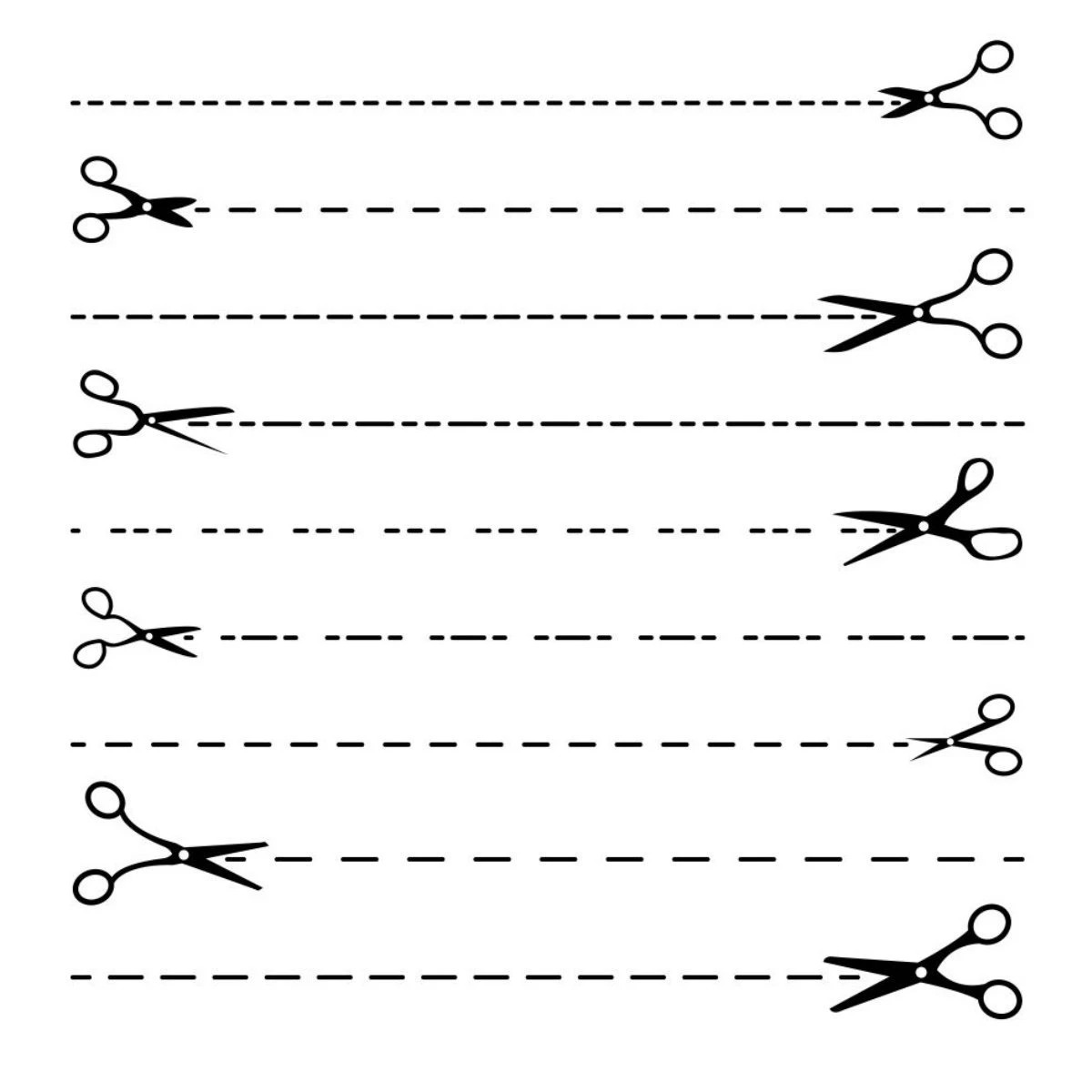There are many types of hairdressing and barbering scissors on the market. But have you ever considered the purpose and use of each one?
In the next paragraphs, we will answer many questions about the different types of hairdressing scissors and barbering shears.
**This article can be of assistance to you if you are interested in:
- Understanding the differences between different types of hair scissors
Learn which hair-cutting tool is best for you
Learn which hair-thinning scissors are best for you
You should now be able understand the differences between different types of hairdressing scissors. Let’s get to the bottom of this article!
A brief summary of the various types of scissors

Many people wonder what types of hairdressing scissors are available. We will soon be able to answer this question for you!
There are many hairdressing tools that can be used by professionals and students alike.
These are the types of barbering and hairdressing that include haircutting, hairdressing, and thinning scissors.
Short-blade haircutting scissors are well-known for precision and most hairdressing techniques.
Texturing thinning cutters These are the most common thinning tools and usually have 30-40 teeth. They can be used to thinning the majority of hair uniformly using a cutaway of 40 to 50%.
Long-blade haircutting scissors These are well-known for their ability to cut over the comb.
Wide tooth-thinning chomping scissors These scissors are suitable for thick hair. It has between 16 to 20 teeth. These come with a 15% to 25% cutaway for thick and curly hair.

Offset handle haircutting scissors - These are some of the most popular ergonomic hairsplitters available. These scissors can be used to relax your hand, wrist, and elbow. They can also reduce fatigue and RSI during hair cutting.
Crane-handled haircutting scissors - This is the best ergonomic design for people suffering from RSI. It will allow you to keep your hair cut for a longer time and without any rest.
Opposing Handle Haircutting Scissors - These are the traditional classic handles without any ergonomics.
Colour-coated haircutting scissors - There are many color options for hairdressing scissors, including rose gold, pink and matte black.
Swivel-handled haircutting scissors These scissors have unique handles that can rotate and swivel as the hair is being cut. These scissors are great for people suffering from various strain injuries, such as RSI.
These shears and haircutting scissors are used to determine the technique, style, and the context.
If you’re a barber using over-the-comb techniques, you’ll need a sheer with a 7 inch blade. A 5.5-inch offset haircutting scissor can be used by any hairdresser at a salon.
Different types of hair-cutting shears and scissors
Classic handle This handle has a flat level. The rings will line up and have minimal ergonomics.
Offset handle This handle has an offset angle. The ring at its bottom will not align with the one at the top. Amazing ergonomics.
Crane handle: In this case the blade is perfectly straight. The bottom ring will be bent in the downward direction. This will ensure the most ergonomics possible for cutting.
There are many types of shears that can be used to cut, thinning and texturing hair. These are the most popular and useful types of shears.
There are many types of haircutting barber scissors. This will vary based on the hairdresser and the style and technique used, as well the hair and the situation of the client.
Different handles are available for left-handed and right-handed scissors. It is not a good idea to use a right-handed scissor.
**You can use different types of hairdressing shears and barbers to achieve different hairstyles. Each pair may be more proficient at different types of haircutting. **
Shears with long blades are a better choice for over-the-comb techniques.
There are many styles and types of haircutting scissors. You can choose from satin finishing, basic polish or color coating.
Every pair of scissors is governed by the ergonomics of its handles. For minimizing fatigue, offset and crane handles are the best ergonomic options.
Standard thumb haircutting scissors come with detachable and reversible finger rests that can be attached to the grips.
We will discuss each type of hairdressing scissors and barber shear types in the next paragraphs. This will help you to choose the right pair for you.
Short blade haircutting scissors These scissors range in size from 4 to 5.5 inches. A shorter blade will work with most hair styles. These are suitable for hairstylists with smaller hands.
Long blade haircutting scissor - Short blade haircutting scissors are available in sizes between 6 and 7.5 inches. A longer blade will be able handle most hair styles. These are suitable for hairstylists with larger hands.
Texturizing thinning cutters These scissors have 30-40 teeth and can be used to gradually thin the hair. The most popular tool to thin hair is the thinning scissors with 40 teeth. Each tooth has a V-shaped blade. Sharp teeth will ensure that every thinning motion is precise.
Wide Chomping Thinning Scissors - There are many options for hairdressing scissors. If the number of teeth is smaller, these types of scissors can extract more pieces. These scissors have between 10-20 teeth that are V-shaped. They are often used for thicker hair. You will quickly see why texturizing scissors with 40 teeth are so beneficial for long, curly hair.
